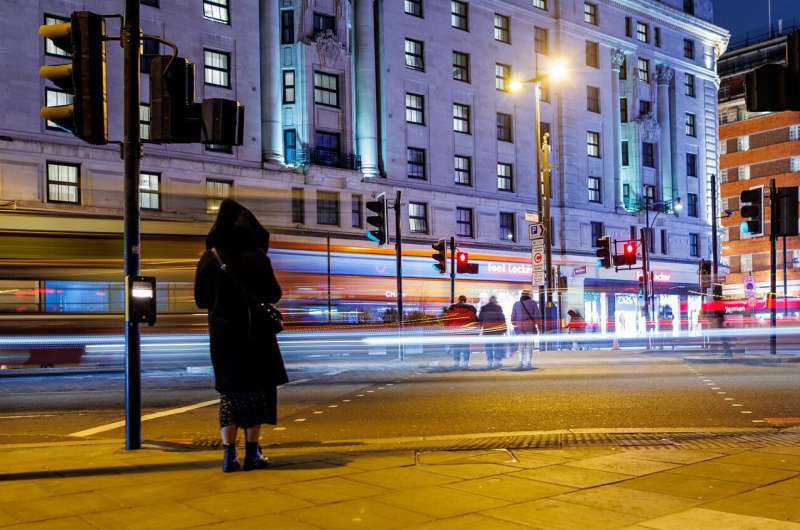
"Can you name the truck with four-wheel drive, smells like a steak, and seats 35?"
Back in 1998, "The Simpsons" joked about the Canyonero, an SUV so big that they were obviously kidding. At that time, it was preposterous to think anyone would drive something that was "12 yards long, two lanes wide, 65 tons of American Pride."
In 2024, that joke isn't far from reality.
And our reality is one where more pedestrians and bicyclists are getting killed on U.S. streets than at any time in the past 45 years—over 1,000 bicyclists and 7,500 pedestrians in 2022 alone.
Vehicle size is a big part of this problem. A recent paper by urban economist Justin Tyndall found that increasing the front-end height of a vehicle by roughly 4 inches (10 centimeters) increases the chance of a pedestrian fatality by 22%. The risk increases by 31% for female pedestrians or those over 65 years, and by 81% for children.
It's hard to argue with physics, so there is a certain logic in blaming cars for rising traffic deaths. In fact, if a bicyclist is hit by a pickup truck instead of a car, Tyndall suggests that they are 291% more likely to die.
Yet automakers have long asserted that if everyone simply followed the rules of the road, nobody would die. Vehicle size is irrelevant to that assertion.
My discipline, traffic engineering, acts similarly. We underestimate our role in perpetuating bad outcomes, as well as the role that better engineering can play in designing safer communities and streets.
Millions of road deaths
How bad are the bad outcomes? The U.S. has been tracking car-related road deaths since 1899. As a country, we hit the threshold of 1 million cumulative deaths in 1953, 2 million in 1975 and 3 million in 1998. While the past several years of data have not yet been released, I estimate that the U.S. topped 4 million total road deaths sometime in the spring of 2024.
How many of those are pedestrians and bicyclists? Analysts didn't do a great job of separating out the pedestrian and cyclist deaths in the early years, but based on later trends, my estimate is that some 930,000 pedestrians and bicyclists have been killed by automobiles in the U.S.
How many of those deaths do we blame on big cars or bad streets? The answer is, very few.
As I show in my new book, "Killed by a Traffic Engineer: Shattering the Delusion that Science Underlies our Transportation System," the National Highway Traffic Safety Administration calls road user error the "critical reason" behind 94% of crashes, injuries and deaths.
Crash data backs that up.
Police investigate crashes and inevitably look to see which road users, including drivers, pedestrians and cyclists, are most at fault. It's easy to do because in almost any crash, road user error appears to be the obvious problem.
This approach helps insurance companies figure out who needs to pay. It also helps automakers and traffic engineers rationalize away all these deaths. Everyone—except the families and friends of these 4 million victims—goes to sleep at night feeling good that bad-behaving road users just need more education or better enforcement.
But road user error only scratches the surface of the problem.
This article is republished from The Conversation under a Creative Commons license. Read the original article.![]()
Citation: Viewpoint: Traffic engineers build roads that invite crashes because they rely on outdated research and faulty data (2024, June 24) retrieved 24 June 2024 from https://techxplore.com/news/2024-06-viewpoint-traffic-roads-outdated-faulty.html
This document is subject to copyright. Apart from any fair dealing for the purpose of private study or research, no part may be reproduced without the written permission. The content is provided for information purposes only.
